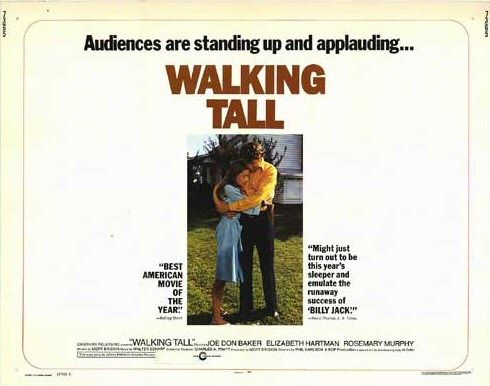Welcome to Retro Television Reviews, a feature where we review some of our favorite and least favorite shows of the past! On Tuesdays, I will be reviewing the original Fantasy Island, which ran on ABC from 1977 to 1986. The entire show is currently streaming on Tubi!
This week, Fantasy Island is invaded by Nazis and Angels!
Episode 2.3 “Charlie’s Cherubs/Stalag 3”
(Dir by Cliff Bole, originally aired on December 9th, 1978)
Today’s episode begins with Mr. Roarke noticing that Tattoo is carrying a calculator with him.
“What is that, Tattoo?” he asks.
“A mini-computer,” Tattoo replies, “My cousin Igor sent it to me. Computers can take away a lot of guess work.”
Mr. Roarke, obviously thinking that these “computer” things are but a mere fad, replies, “So can bikinis. Let us meet our guests.”
This week, all of the guests have dangerous fantasies. For instance, Danny Ryan (Cornel Wilde) is a World War II veteran who has never really been able to make it in the post-War world. So, he invites three fellow vets to return with him to the French town in which they spent 1944. During the War, they were POWS at Stalag 3 but they were famous for continually outsmarting Commandant Horst Von Stern (Nehemiah Persoff). In fact, Von Stern’s career and reputation never really recovered from the time that Danny and his friends escaped. (I imagine that, after the war, Von Stern’s reputation was also damaged by the fact that he was a freaking Nazi commandant.) Not only has Mr. Roarke arranged for the old French village — complete with Fifi of the Resistance (played by Yvonne DeCarlo) — to be moved to Fantasy Island but he also brought over the old POW camp. Unfortunately, Von Stern decides to come over as well and get his revenge by tossing Danny and friends back in the camp.
“You see,” Von Stern announces, “generals have fantasies too.”
What the Hell is going on with this Island? Does Mr. Roarke just give anyone a fantasy, even a Nazi war criminal? Actually, it appears that Mr. Roarke doesn’t know that Von Stern has come to the Island nor does he know that there is a treasure of stolen diamonds hidden in the village. Apparently, Roarke decided to just let this fantasy run on autopilot without actually bothering to check in with what was going on.
Both Mr. Roarke and Tattoo are more concerned with the three secretaries (Melinda Naud, Brenda Benet, and Bond Gideon) who want to be Charlie’s Angels and solve a crime. The crime involves a theft on Fantasy Island and …. well, it’s really not much of a mystery. It’s basically a 20-minutes episode of Charlie’s Angels, with a bit less action but a lot more scenes of people saying stuff like, “He knows about electronics so he’s the thief!” It was really a weak fantasy, which is a shame because, if I ever went to Fantasy Island, I would probably want to be a detective as well!
The show ends with Von Stern being sent to Germany to be put on trial for war crimes and the Angels saying that they’re ready to be secretaries again. Roarke informs them that most angels fantasize about being secretaries. Uhmmm, Mr. Roarke …. the proper term is administrative professional. Everything appears to be wrapped up but, as the show ends, Tattoo announces that someone has stolen his mini-computer and Mr. Roarke laughs at his assistant’s misfortune. Perhaps Tattoo losing his most prized possession was Roarke’s fantasy.
This was a weird episode. Mr. Roarke might need to pay closer attention to what’s happening on his island!



